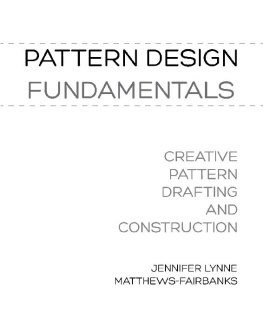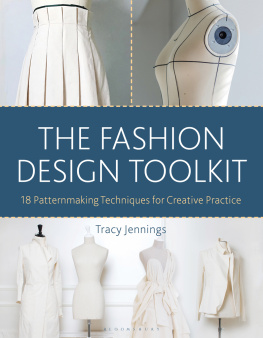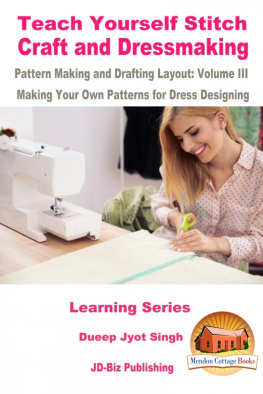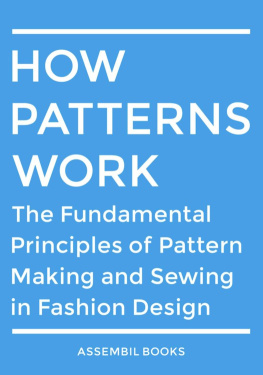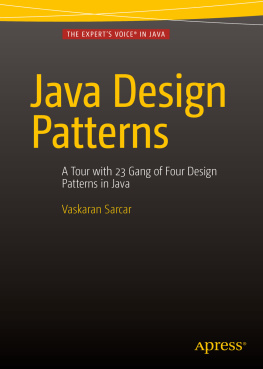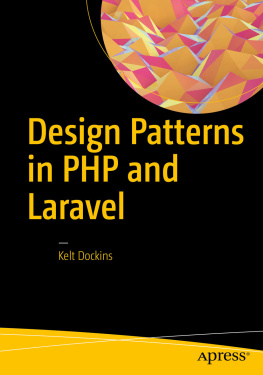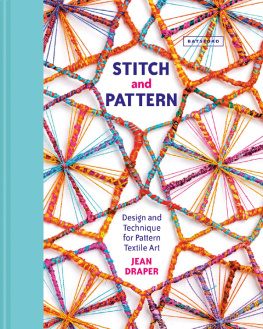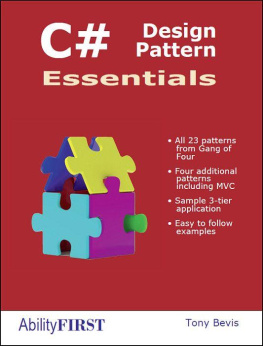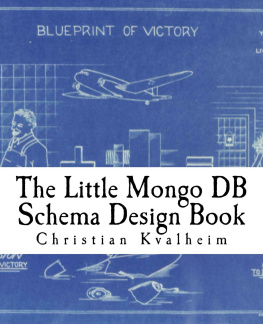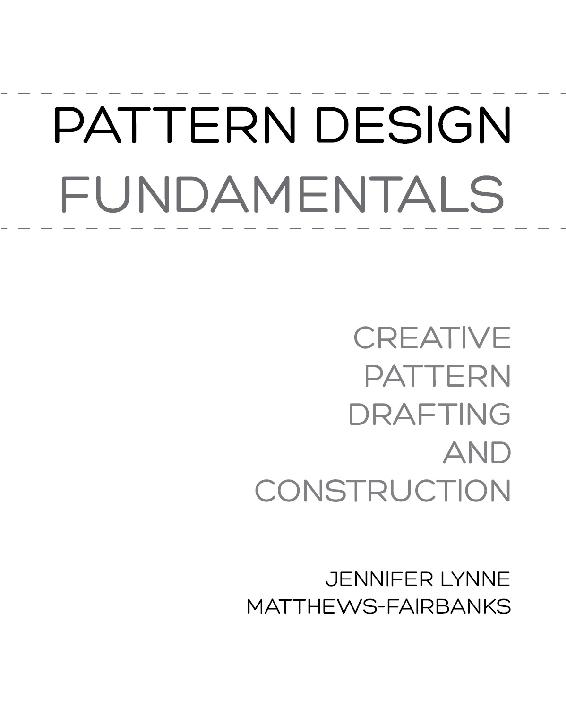Jennifer Lynne Matthews - Fairbanks - Pattern Design: Fundamentals--Construction and Pattern Making for Fashion Design
Here you can read online Jennifer Lynne Matthews - Fairbanks - Pattern Design: Fundamentals--Construction and Pattern Making for Fashion Design full text of the book (entire story) in english for free. Download pdf and epub, get meaning, cover and reviews about this ebook. year: 2018, publisher: Jennifer Lynne Matthews - Fairbanks, genre: Children. Description of the work, (preface) as well as reviews are available. Best literature library LitArk.com created for fans of good reading and offers a wide selection of genres:
Romance novel
Science fiction
Adventure
Detective
Science
History
Home and family
Prose
Art
Politics
Computer
Non-fiction
Religion
Business
Children
Humor
Choose a favorite category and find really read worthwhile books. Enjoy immersion in the world of imagination, feel the emotions of the characters or learn something new for yourself, make an fascinating discovery.
- Book:Pattern Design: Fundamentals--Construction and Pattern Making for Fashion Design
- Author:
- Publisher:Jennifer Lynne Matthews - Fairbanks
- Genre:
- Year:2018
- Rating:5 / 5
- Favourites:Add to favourites
- Your mark:
Pattern Design: Fundamentals--Construction and Pattern Making for Fashion Design: summary, description and annotation
We offer to read an annotation, description, summary or preface (depends on what the author of the book "Pattern Design: Fundamentals--Construction and Pattern Making for Fashion Design" wrote himself). If you haven't found the necessary information about the book — write in the comments, we will try to find it.
Pattern Design: Fundamentals is an ideal book for beginners to the field of fashion design as well as self-guided learners. Pattern Design: Fundamentals covers the basics of pattern making, terminology and drafting concepts. This book is different than all other drafting books of its kind. This drafting book combines knowledge of drafting with sewing and construction.
The best way to understand how patterns are drafted is to understand how the drafts are constructed, why certain pattern markings are used and in what order a pattern should be constructed. Understanding the construction, solidifies ones drafting knowledge, connecting the dots of two-dimensional drafting to the three-dimensional finished garment.
Pattern Design was developed by designer and educator Jennifer Lynne Matthews-Fairbanks. Fairbanks years of instructing at the Fashion Institute of Design and Merchandising coupled with her years running her own design and sewing studio, make for the ideal combination of teaching to the visual and self-guided learner.
Chapters 1 and 2 introduce you to the tools, terms and pattern markings, including fabrics used, grainlines of patterns and the grain of a fabric. You will create a simple pattern with all appropriate markings from an unaltered sloper and learn each part of all slopers used throughout the book.
In the first section, Shape, Pattern Design walks you through manipulating darts with the pivot and slash and spread methods, creating pleats, tucks and gathers. Each chapter details the basics of construction in order to complete each exercise fully and utilizes several different slopers to show how each concept can be translated to different garment types.
Section two, Line, covers style lines (also called seam lines) and combines style lines with design elements from the Shape section.
The third section, Details, includes beginner design detail concepts such as pockets, extensions, collars and banding. Pocket exercises include patch pockets, in-seam pockets and inset pockets. Extensions for buttons and placket for blouses are also demonstrated. The banding chapter covers simple waistbands and sleeve cuffs.
The forth and final section covers Finishes. Finishes include facings, zipper insertion and basic hemming.
Pattern Design: Fundamentals covers the material that most fashion design students learn in their first year of schooling. The book is an ideal guide for self-learners or for classroom instruction.
Pattern Design: Fundamentals is the first book in this pattern making series of books.
Jennifer Lynne Matthews - Fairbanks: author's other books
Who wrote Pattern Design: Fundamentals--Construction and Pattern Making for Fashion Design? Find out the surname, the name of the author of the book and a list of all author's works by series.

